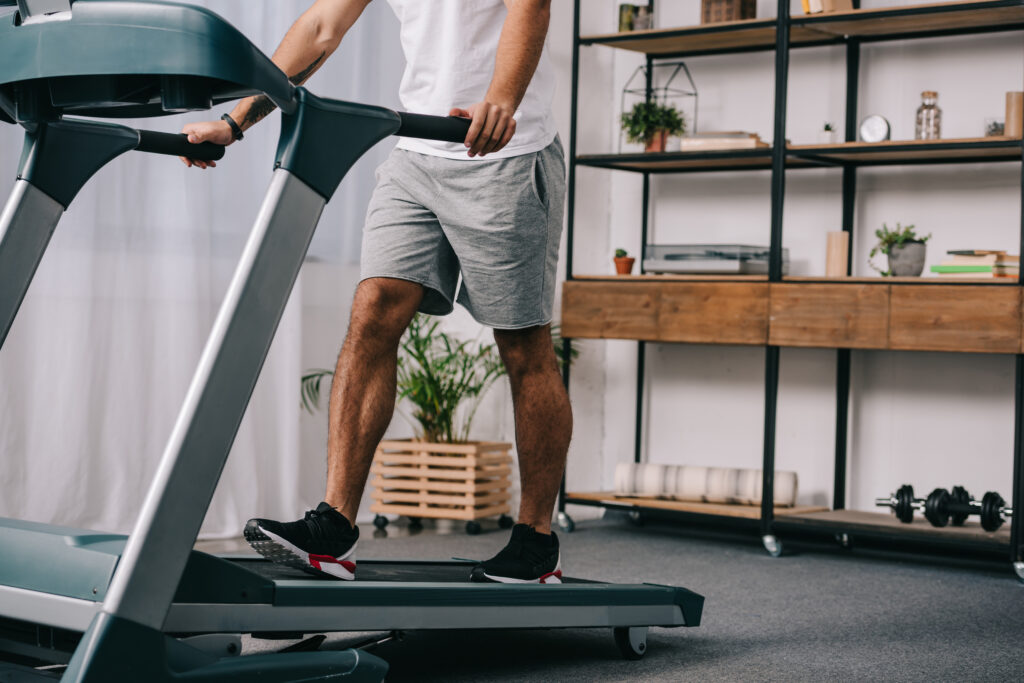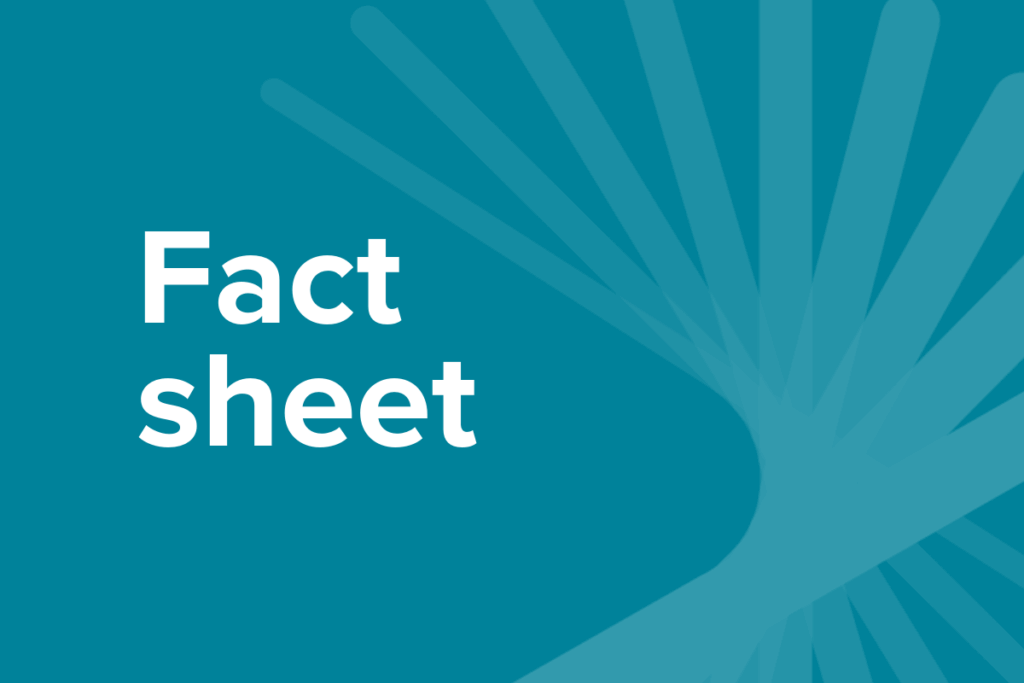Hypertension
Blood pressure (BP) refers to the pressure in the large arteries when the main pumping chamber of the heart is at maximal contraction and relaxation. BP is usually presented as two numbers: the higher, systolic BP (normally less than 120 mmHg); and the lower diastolic BP (normally less than 80 mmHg). The two pressures are usually expressed together, for example ‘120 over 80’. These values represent an estimation of the pressure that the organs are exposed to. High BP is called hypertension. Hypertension is a major risk factor for cardiovascular disease (e.g. heart failure, stroke, coronary heart disease), chronic kidney disease and early death. Hypertension may not cause any symptoms, which is why it is sometimes referred to as a ‘silent killer’.
Home / Hypertension

How does exercise help with hypertension?
Regular aerobic exercise has a variety of effects that protect against heart disease and diseases of the blood vessels, including high BP. Scientific studies have shown that, if systolic BP is reduced by 5 mmHg, deaths from strokes decrease by 14% and deaths from coronary heart disease (i.e. blocking of the blood vessels that supply the heart) decrease by 9%. These results emphasise why lifestyle changes, including regular exercise, are important first steps in preventing and treating hypertension.
Things to remember
- It is important to discuss starting an exercise program with your doctor. Accredited Exercise Physiologists have advanced training in understanding the impact of exercise on specific chronic conditions. Exercise is usually very safe and beneficial whether or not BP-lowering (antihypertensive) medication is used. Depending on the type of medications being taken, it is important to ensure you have adequate hydration, appropriate warm up and cool down periods and to avoid exercise in very hot conditions.
- Having other chronic conditions such as diabetes is often associated with elevated BP and this can display adverse changes in your blood vessels, putting you at increased risk of heart disease and early death. Regular exercise training in people with diabetes is important for lowering BP and minimising the excess risk.
What type of exercise is best for hypertension?
Regular exercise is the first treatment recommended to lower BP and improve cardiovascular health, both in the general public and in those people with hypertension.
Aerobic exercise
Reduces resting BP and also reduces BP during light exercise and daily activities. Additionally, aerobic exercise protects against developing hypertension in the future. These effects occur in both men and women, with normal or raised BP.
Resistance training
Resistance training (e.g. lifting weights) and isometric exercises (i.e. holding a contraction) also produces small, but measurable, benefits for BP.
People with a resting systolic BP of 180 mmHg or more, or a resting diastolic BP of 110 mmHg or more, should postpone their exercise program and seek medical advice.

Frequently asked questions
What is an Accredited Exercise Physiologist (AEP)?
An Accredited Exercise Physiologist (AEP) is an allied health professional that prescribes individualised exercise therapy to help people manage their chronic conditions, disabilities, long-term injuries and so much more. They are the most qualified professionals in Australia when it comes to the prescription safe and effective of exercise therapy.
Who should see an AEP?
Anyone who wants to move safely and improve their health can benefit. From chronic conditions to injury recovery, or simply wanting advice on how to exercise right, an exercise physiologist is the expert to see.
Is an AEP covered by Medicare or private health insurance?
Yes. As allied health professionals, exercise physiology services are recognised in government health funding including Medicare, National Disability Insurance Scheme (NDIS) and Department of Veteran’s Affairs (DVA), workers’ compensation and private health insurers. It’s important that you check with your provider as coverage can vary.
Where can I find an AEP?
Use recognised directories like Exercise & Sports Science Australia (ESSA), ask your GP or look for allied health clinics with AEP credentials.
You may also like

How long does it actually take to see results from exercise?
Whether you want to build muscle or increase aerobic endurance, everyone is looking for RESULTS. If you’re curious about how your body responds to exercise (and how long it takes to see changes), Accredited Exercise Physiologist, Harry Beresford, dives into this topic below. Just remember that to get results, you need to do ‘regular physical […]
How Exercise Can Lower Your Blood Pressure
Most people probably know that blood pressure is a vital, yet basic, metric of our general health. Odds are, you’ve had your blood pressure taken at least once in your life. But apart from knowing that blood pressure is something your doctor will inevitably check when you pop in for a check-up, what do you […]

